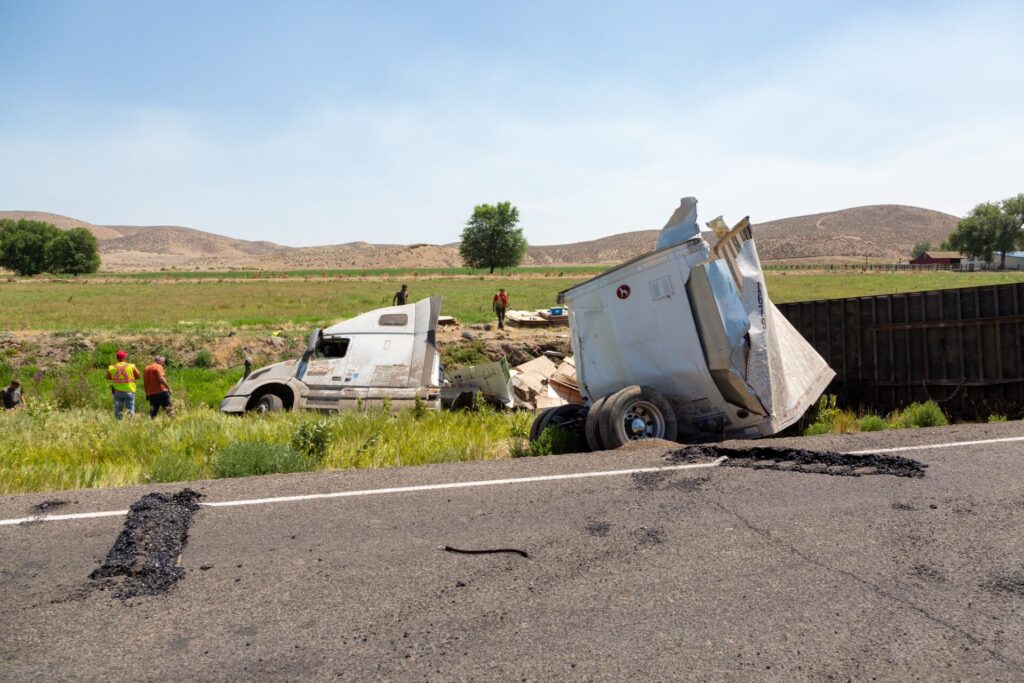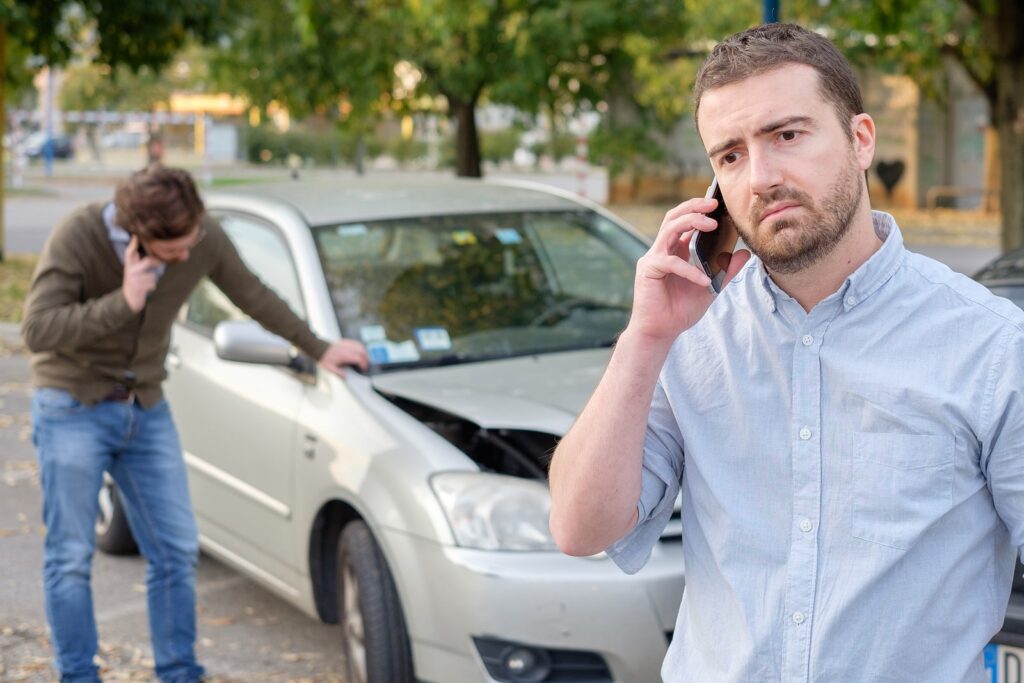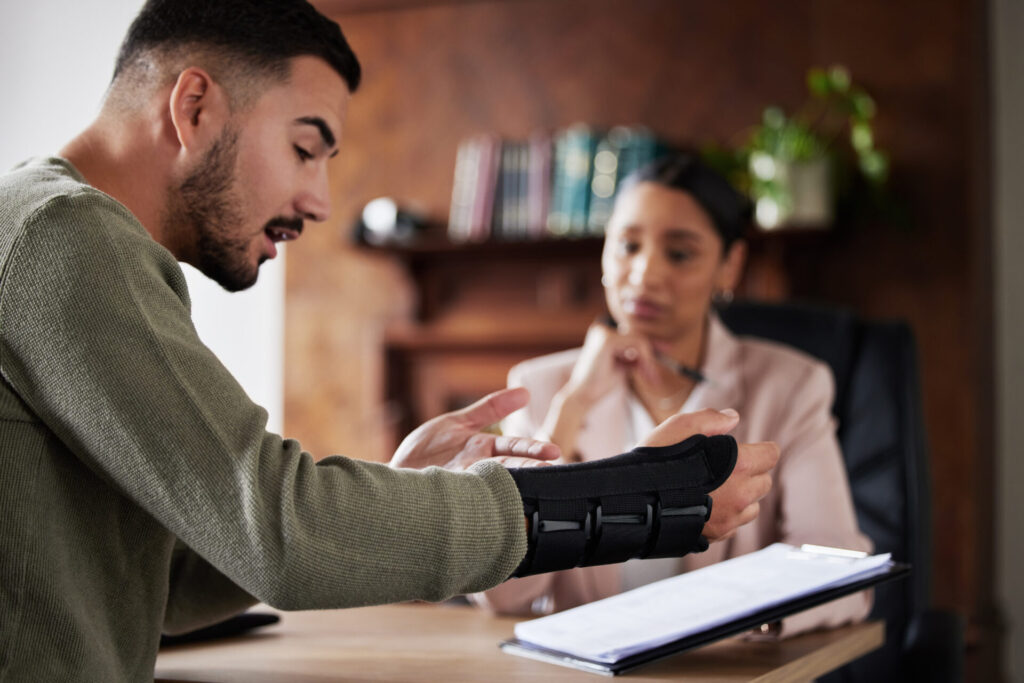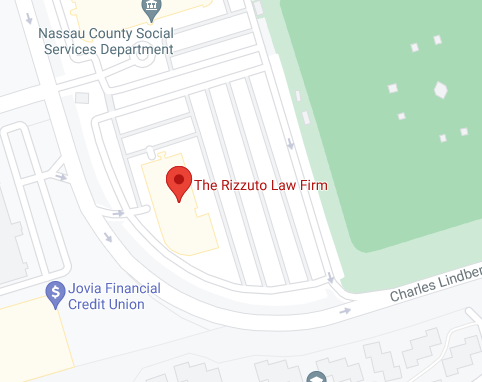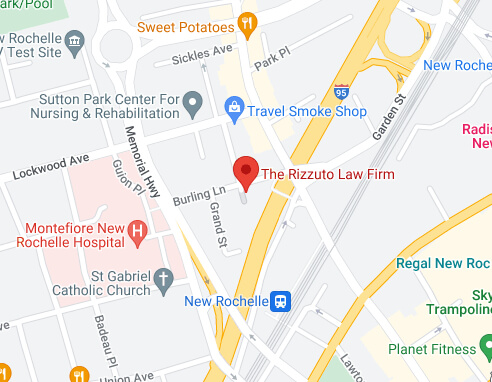Conventional wisdom says that the driver who rear-ends another vehicle is always liable for the accident. It seems logical that if the driver who hit the driver in front of them hadn’t been following so closely or driving so quickly, they would have been able to stop in time to avoid a rear-end collision. But that’s not always the case. Read on to learn more about when the driver in front is at least partly responsible and when it matters.
Is New York a No-Fault State?
The first thing to understand about the fault in a rear-end collision is that New York is a no-fault state. That means that when there’s an accident that causes injury or damage to a vehicle, the drivers turn first to their own insurance company, which must pay the claims up to the amount covered in the policy. “No fault” doesn’t mean no one’s at fault, but initially, the insurance companies have to treat the accident as if no one was at fault. Again, that only applies to the amount the person is insured for.
In New York, the insurer is required to pay the following:
- Medical expenses up to $50,000 unless you have additional personal injury protection on your policy.
- A maximum of three years of lost wages (of up to $2,000 per month) if someone is disabled because of the accident and can’t work.
- A maximum of $25 per day for one year from the date of the accident for related expenses, such as traveling to medical appointments or hiring home help for things like mowing lawns.
When Does Fault Matter in a Rear-End Collision in New York?
If the damages from the accident exceed the maximum of $50,000 (and this needs to be proven), the injured party can sue the person found at fault for the accident for the remaining out-of-pocket expenses. However, if the injured person sustains a severe injury, they may be able to sue for things like pain and suffering, which are not usually included in insurance claims. New York defines serious injury as the following.
- Death.
- Dismemberment or permanent loss of an organ, member, function, system, or limb.
- Permanently disabled organ, member, function, or system.
- Significant disfigurement or limitation of use of a function or system.
- An injury that prevents the injured person from being able to engage in normal daily activities for at least 90 days within 180 days of the accident.
When Is the Rear Driver at Fault for a Rear-End Collision?
When one car follows another, the car following is legally expected to keep a safe distance that would enable them to stop in enough time to avoid hitting the car in front of that car stops suddenly. The driver following could be found liable if they were:
- Driving too close to the car in front.
- Speeding.
- Distracted (eating, on their phone, looking out the side window, looking at something in the back seat).
- Driving at a distance that, in good conditions, would be fine, but the driver could not stop in time due to poor conditions (such as snow, ice, or fog).
When Is the Rear Driver Not at Fault for a Rear-End Collision?
Several situations would possibly make the rear driver not at fault.
- Mechanical failure. If the following driver’s brakes gave out, for example, they might not be able to stop even though they had adequate distance between them and the car in front of them. This is not always easy to prove.
- The front driver engaged in risky driving. That could be something like the front driver veering into the lane in front of the other driver without signaling or too closely, then stopping suddenly before the rear driver had the opportunity to adjust their driving accordingly.
- An emergency on the road required the following driver to speed up.
Who Has the Burden of Proof in a Rear-End Collision in New York?
Generally, in a personal injury case, the plaintiff (the person injured) has the burden of proof. That means they must prove the defendant (the person accused of causing the injury) was negligent.
However, in rear-end collisions, there’s a legal presumption that the vehicle in the rear position was at fault. Then the burden of proof shifts to the defendant, who must prove that their negligence was not responsible. It’s a subtle and complex difference that benefits from working with an experienced rear-end collision attorney.
What Kinds of Injuries Happen in Rear-End Collisions?
There are many, and the higher the speed and the more severe the collision, the worse the injuries may be. They include:
- Damaged spinal cord and possibly paralysis.
- Whiplash (a neck injury due to forceful back-and-forth neck movements).
- Fractures of various bones, including in the ribs, arms, wrists, and face.
- Traumatic brain injuries (a concussion is one type of traumatic brain injury).
- Soft tissue injuries, including sprains, strains, tendinitis, bursitis, and bruising.
- Burns (usually when the airbag deploys).
What Should I Do if I’m Involved in a Rear-End Accident with Serious Injuries?
Call us as soon as possible at 516-622-0606 for a free case evaluation. Once we’ve learned more about your case, we can provide guidance as to the best way to proceed. Because proving fault will be central to this type of case, having experienced professionals collecting evidence and using experts when needed can make an enormous difference in the outcome of your case.



